The budget this year has been touted as a middle class friendly budget. The proposal of no income tax for those with yearly income up to 12 lakh rupees was celebrated across news rooms ad nauseum. Right before the Delhi elections the budget was used as a tool to woo the sizeable middle class population in Delhi. It may have brought them their reward in the verdict of the polls, but does this make it a “people’s budget”? No.
Let’s remember that less than 2% of India’s population files income taxes. In a country of nearly 140 crore people, that is less than 3 crores. Of course, the state of the economy is such that even the middle classes have been ailing. But so are the vastly more populous lower classes under grinding inflation and dwindling incomes. Definitely there are two Indias today. There is an India of about 70 lakh Indians who have the living standards of First World residents. At the same time in the other India more than 70 crore Indians are poorer than the poorest in the Third World. There is one India that according to some forecasts is becoming the fastest-growing luxury market globally where big luxury cars are seeing high sales. In the other India people are unable to afford even two wheelers, leave aside cars. There is one India of about 90% of our citizens who earn less than 25,000 rupees a month. The other India is a tiny fraction. Sadly the budget and its tax relief only cater to this microscopic minority.
The government justifies the move by arguing that this would leave the middle classes in a better position to spend, it would increase their disposable income. So, clearly there is a vindication therein for the critiques of the government who for years now have been saying that successive capex-led budgets are not an answer to India’s demand crisis. But is the tax relief to a miniscule section of the population the only answer? May be not. Because the questions being asked are far more difficult.
Today demand is subdued as growth in key sectors has slowed down and the dip in manufacturing is disconcerting. Even the Economic Survey recognises the same as it points towards sharply dipping manufacturing jobs. Numbers show that household income growth has slowed, with rural wage growth remaining stagnant. Even the organized sector wage growth has been falling. The Chief Economic Advisor in fact points towards the fact that despite soaring corporate profits in recent years, the companies have refused to increase wages. And then there has been the burden of what some call inflation tax that is heaviest on the poor as the soaring food prices has put immense pressure on their food basket.
So, if the government was serious about boosting consumption demand and thereby manufacturing, then the budget needed to lift those at the bottom, to invest in the people, to improve the lot of the vast majority of the poor. This would have required far greater, in fact substantially higher spending in guaranteeing basic rights and welfare measures. It would have meant creating better employment opportunities for those at the bottom. It would have meant lifting the purchasing power of the majority. That would have been a true “force multiplier” as it is the purchasing power of the vast majority at the bottom of the pyramid that boosts demand for mass consumption items. So, if it really wanted to give tax relief, it needed to give that in the indirect taxes, in GST and fuel taxes which would have eased the burden for a much larger cross section of people thereby freeing their hands for spending, than just for a minority.
Sadly, the budget refused to take that path. In fact we have given up on decent jobs, and have yet again shunned the opportunity to invest on the people at the scale we need to. Today when the Economic Survey recognizes that regular salaried jobs are falling and self-employment is growing by leaps; it in fact celebrates it as a virtue. As far as spending on the people is concerned we find gross inadequacies as in the ultimate count, it is welfare spending that has been sacrificed to allow for the tax benefits to the few at the top.
The budget for National Social Assistance Programme (NSAP) for instance remains stagnant at Rs 9,652 crore, with its share of the total budget falling from 0.20% to 0.19%. This continues a decline from 0.33% in 2019, eroding essential support for vulnerable populations. MGNREGA funding is stagnant at ₹86,000 crore, failing to meet rising demand and price rise, while Aadhaar-based payment systems have excluded lakhs of workers from receiving wages. Food security is also shrinking, with the food subsidy allocation falling from ₹2.05 lakh crore to ₹2.03 lakh crore. Despite India's worsening hunger rankings, key nutrition programs like PM Poshan and Saksham Anganwadi see negligible funding increases. The budget, in fact, exposes the stark contrast between government claims of inclusive development and the grim reality of widening inequality and declining social protection.
Going beyond the marginal increases in decimals in some books and the disturbing falls in the others, suffice it is to say that none of them match the real needs of the people. And we refuse to tax the super-rich by putting in place measures like increased corporate taxes, or wealth/inheritance tax, which could have been effective instruments to raise the resources to actualise a truly people’s budget that would have doubled our expenditure on health, or spent 6% of the GDP on education. We refuse to spend substantially higher on social protection and strengthen labour rights. Instead, in the Survey and the budget, the government is proposing to “get out of the way” from the path of business by allowing further watering down of labour rights and environmental protections through deregulation.
So, despite pointing at a rather uncertain and tumultuous time in the landscape of global finance given the shifts in geopolitics, the government predictably has refused yet again to acknowledge and make fundamental amends in the economy that could address the unfolding crisis.
Find the full analysis here.
Anirban Bhattacharya, PhD
Centre for Financial Accountability
Become a member
Get the latest news right in your inbox. We never spam!



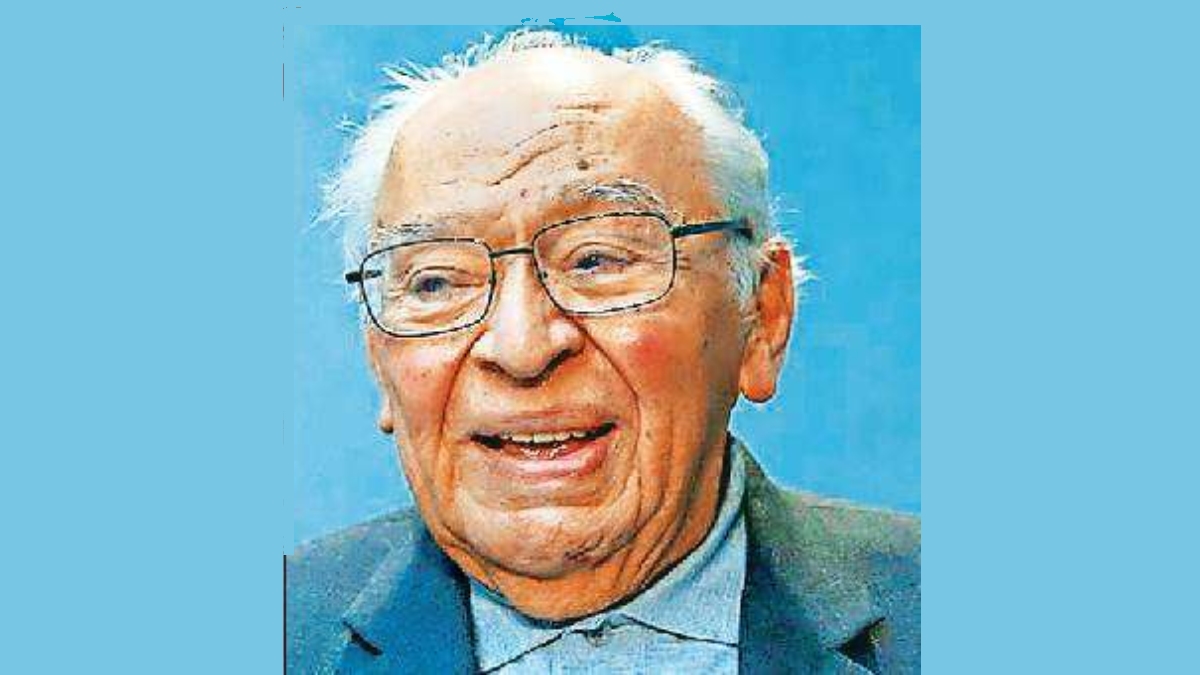
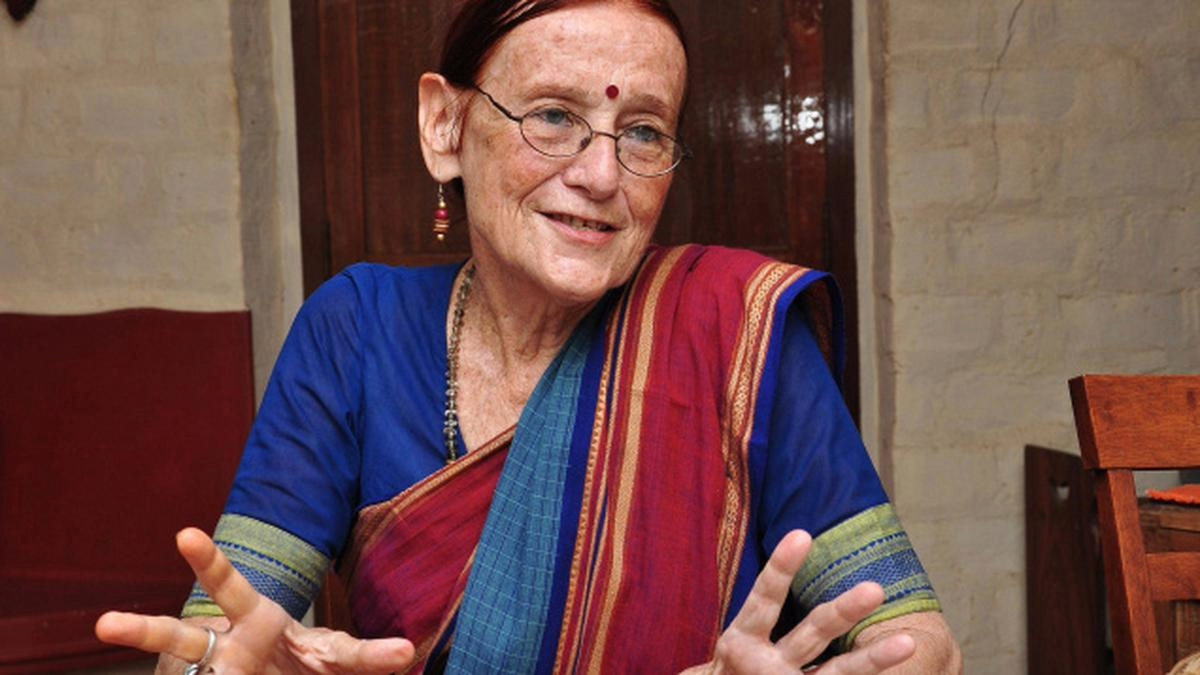
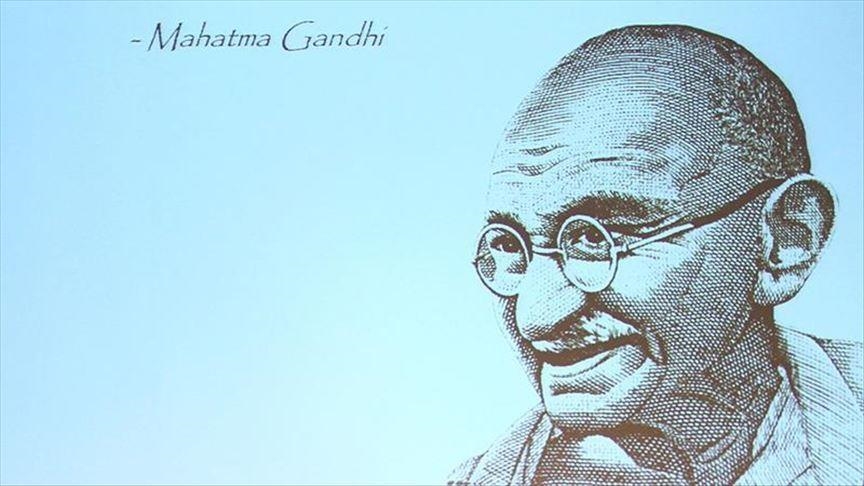







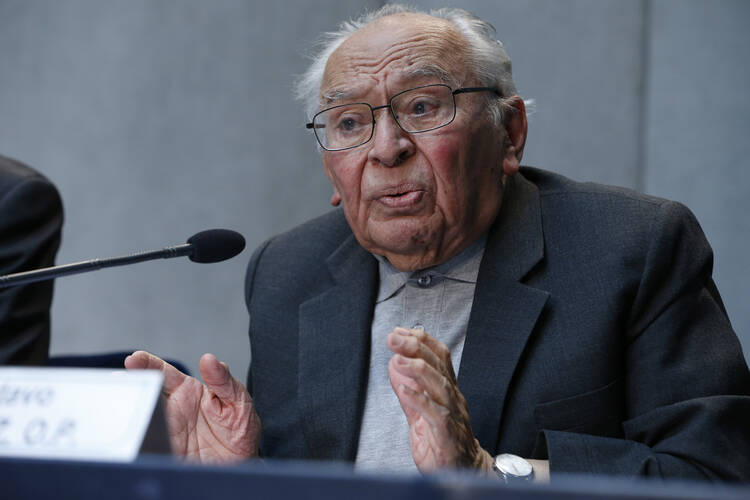
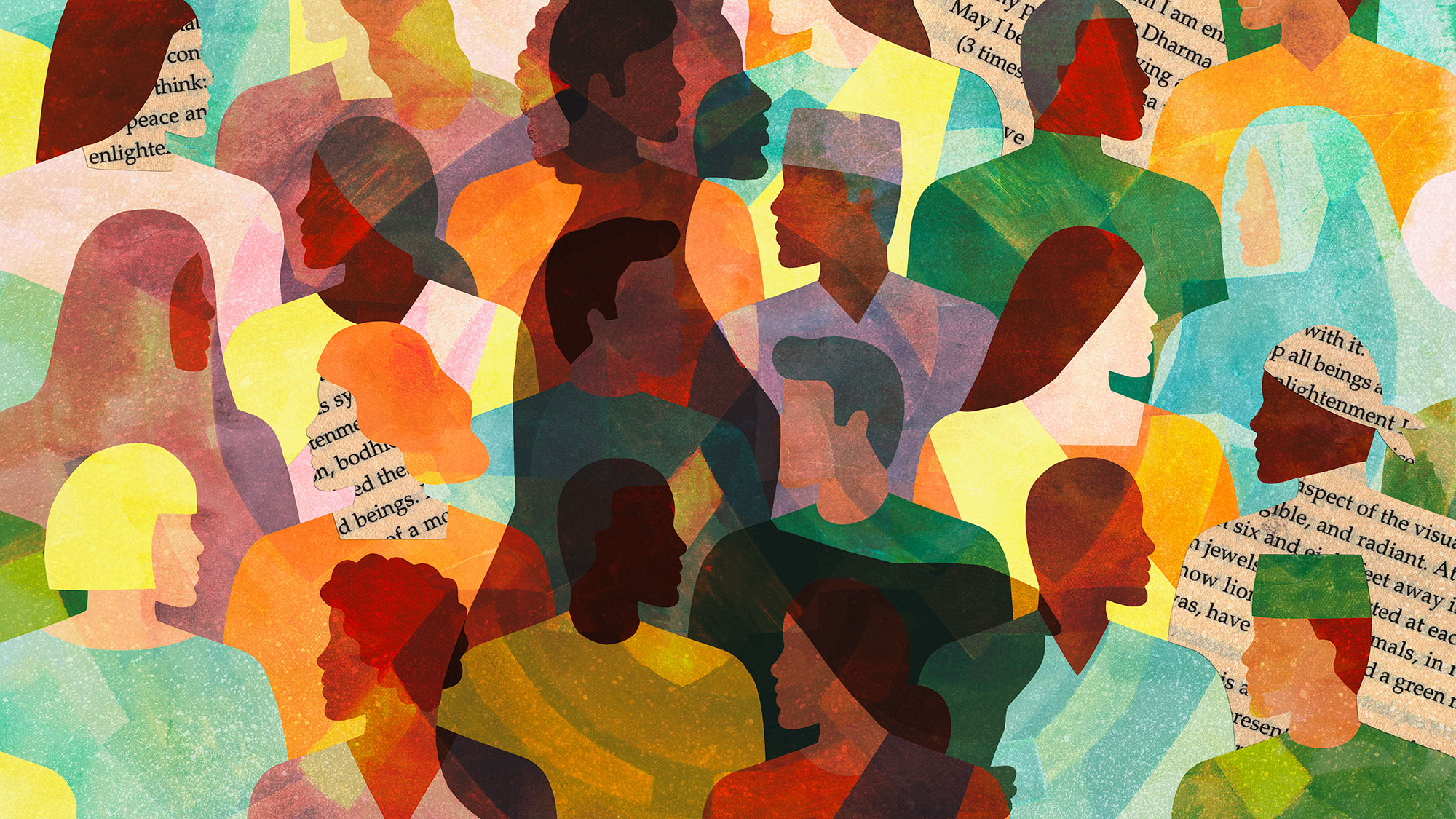

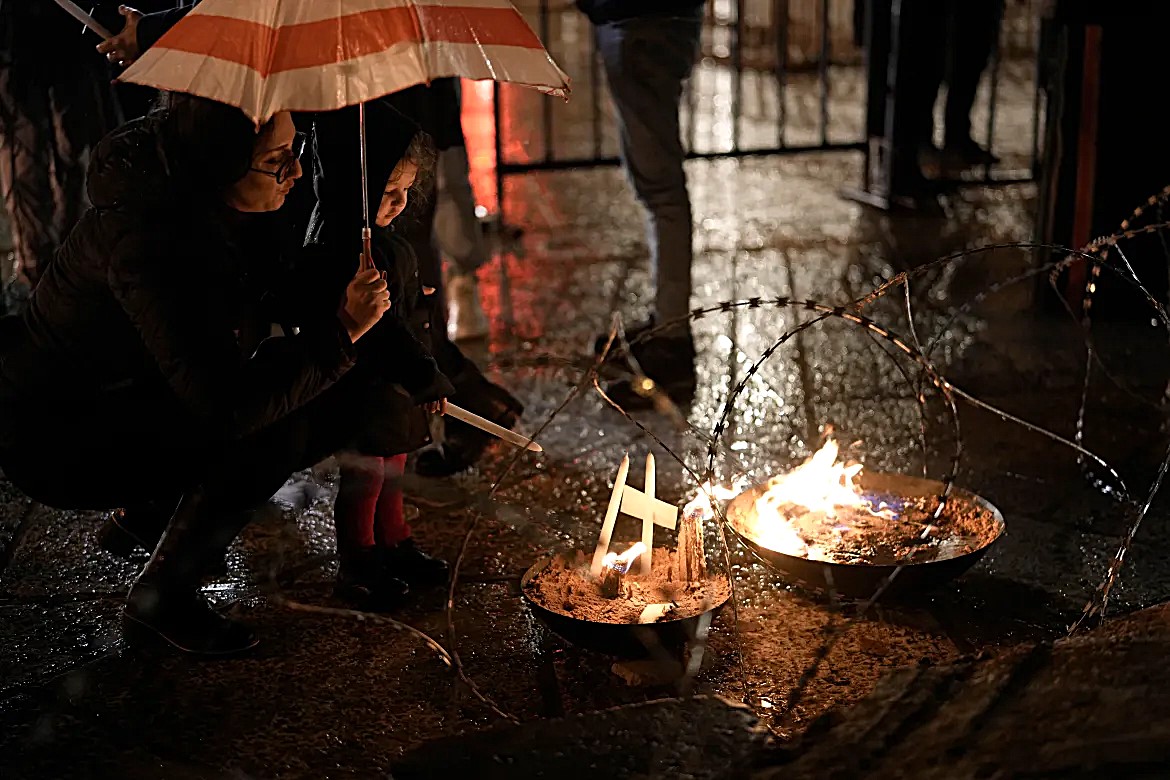





Comments
No Comments